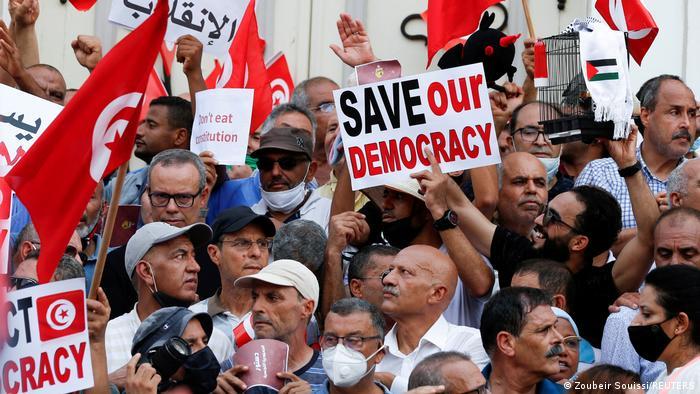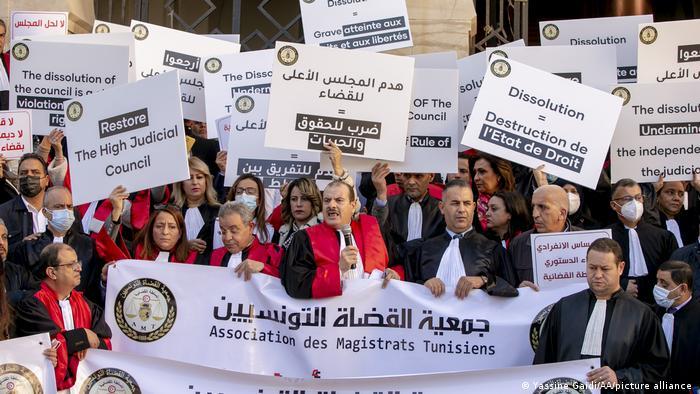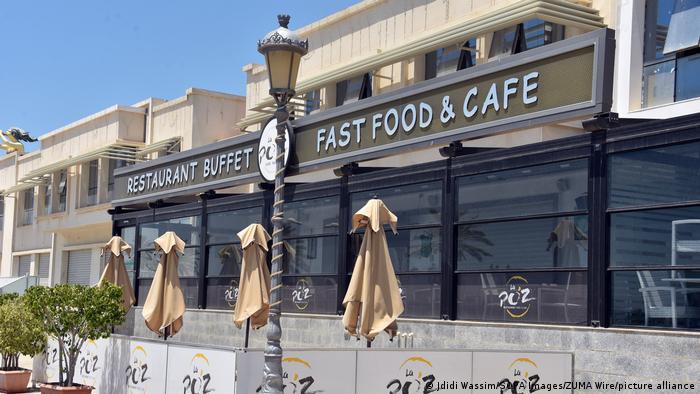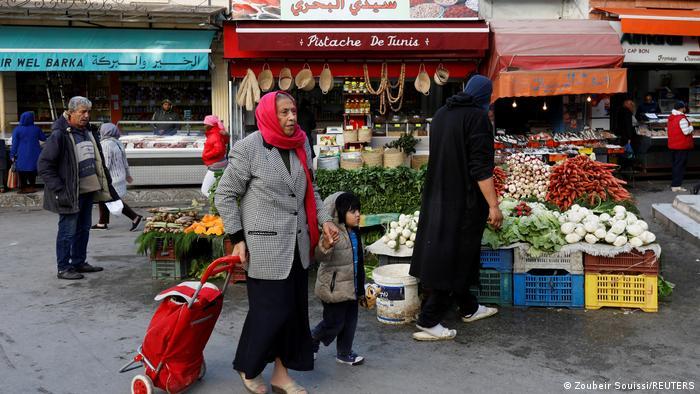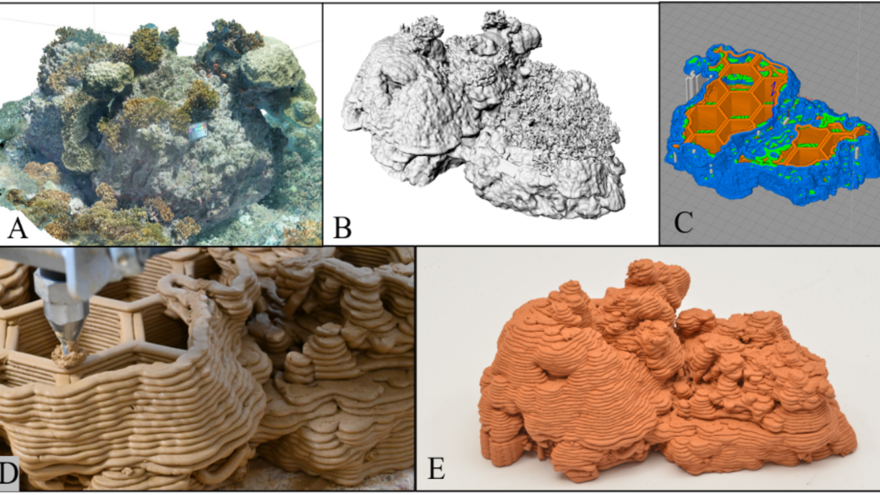PTI/London: The Opposition parties in the UK have questioned in Parliament Prime Minister Boris Johnson’s decision to visit a British-owned bulldozer factory in Gujarat during his visit to India last week.
A number of Labour Party MPs, including Indian-origin Nadia Whittome, questioned Johnson’s visit to the JCB factory in Halol despite the use of some of the company’s equipment in the controversial demolition of properties in north-west Delhi in the wake of recent communal clashes in Jahangirpuri.
The factory visit had created a stir across social media, pointing to the use of JCB equipment in the Municipal Corporation of Delhi's “anti-encroachment” drive in Delhi, an issue referred to the courts.
During an “Urgent Question” tabled in the House of Commons on Tuesday by the Scottish National Party (SNP) member of Parliament, Ian Blackford, the Opposition raised cries of “where is he?” after a junior minister was left to answer questions on the topic of “Prime Minister’s Visit to India”.
Vicky Ford, the Under-Secretary of State in the Foreign, Commonwealth and Development Office (FCDO), was deputed on behalf of the government and said the visit would “supercharge” the India-India trading relationship and that the issue of human rights is regarded as equally important.
“We do not pursue trade at the exclusion of human rights,” said Ford.
“We regard both as an important part of a deep, mature and wide-ranging relationship with our partners. The partnership with India is very important for both our countries,” she said.
"If we have concerns, we raise them directly with the Government of India. Our network of deputy high commissions will continue to follow the reports closely, while also recognising that it is a matter for India,” Ford said.
Delhi: Left Parties Condemn BJP’s
‘Bulldozer Politics’ Under the Garb of
‘Anti-Encroachment’ Drive
It is the patriotic duty of every citizen to save the country
from communalism and plunder of national assets, says
Sitaram Yechury.
Ravi Kaushal
28 Apr 2022
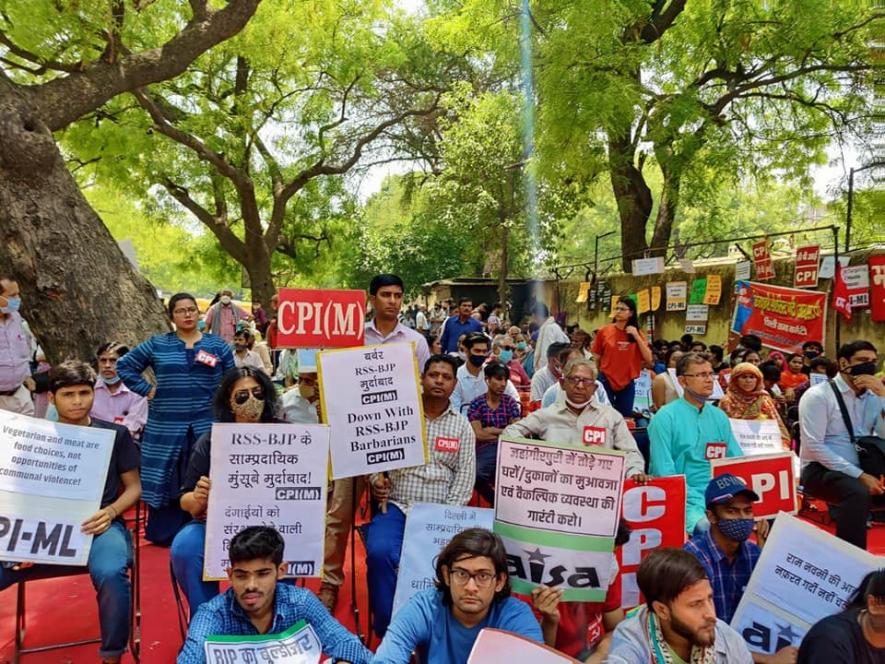
New Delhi: Left parties held a protest in Jantar Mantar on Thursday against the ruling Bharatiya Janata Party’s (BJP) “bulldozer politics” under the garb of anti-encroachment drives.
Addressing the gathering, Sitaram Yechury, general secretary, Communist Party of India (Marxist), said the latest drive by BJP governments to demolish houses and destroy livelihoods is aimed at altering the secular character of the country.
Thursday’s protest had been called to primarily oppose the action of North Delhi Municipal Corporation in Jahangirpuri where the authorities demolished shops and damaged carts after a clash over Hanuman Jayanti Procession on April 16. BJP’s Delhi president Adesh Gupta had reportedly written a letter to the corporation to teach a lesson to the “rioters”.
However, the Supreme Court put a stay on the demolition drive after it was found that the corporation did not follow due procedures to evict people.
Yechury said it was “clear now that this is indeed a planned conspiracy where the BJP and the Centre are active participants. It is no coincidence that our Prime Minister does not utter a single word on the violence. He took the oath to safeguard the Constitution but his government is hell bent on destroying it.”
On Modi’s recent statement passing the buck to states for high fuel prices, Yechury said: “He is now lecturing non-BJP chief ministers to reduce taxes on petrol and diesel so that relief is delivered to the common man. But he conveniently forgets the speech of finance minister Nirmala Sitharaman where she informed Parliament that the Centre earned Rs 8 lakh crore in the last three years from the oil cess when people were braving the pandemic with income losses.”
Yechury called upon people to reject divisive politics, adding that the Left parties had pledged to mobilise people against this kind of politics.
“Today, nine crore youth are on streets without any employment. Many have left hopes for any job. They (BJP) promised that their government will create two crore government jobs per year. It means 16 crore jobs should have been created by now, whereas nine crore youth are jobless”
He said if there is any symbol of patriotism today, it is to defend the country. “We saw the politics of bulldozers in Uttar Pradesh first when Yogi Adityanath (Chief Minister) addressed the meetings with them in public sight. This has spread across the country. We (Left parties) have been fighting the regime on the front foot,” he added.
CPI(M) leader Brinda Karat, who played a key role in stalling the demolition in Jahangirpuri after the Supreme Court orders, shared her experience of meeting local residents after the violence.
“We were in Jahangirpuri yesterday (Wednesday) and the residents told us they are being terrorised by Delhi Police who are entering their homes and randomly arresting young people. These youth belong to the minority community. What’s interesting here is that we are listening to the same story that a peaceful procession on Hanuman Jayanti was attacked by Bangladeshi and Rohingya refugees. Delhi Police is saying it, BJP president is saying it, and surprisingly the AAP government is parroting it. “
Karat said it was a travesty of justice that Delhi Police could not arrest the accused leaders of Bajrang Dal and Vishwa Hindu Parishad. “Forget arresting, they could not name them in FIRs. Their names were removed from the FIR when the VHP leadership threatened action against Delhi Police,” she said.
The CPI(M) leader told the gathering that Jahangirpuri was a settlement where people run their carts by selling fruits, vegetables and other items near their homes. “Women told us that the carts were bought with their hard-earned savings. Already, there is no employment after factories were closed due to pandemic. Yet, Delhi Police chose to break them through bulldozers. I met the shopkeeper whose shop was looted. He said we never discriminated whether customers were Hindus or Muslims, yet the clashes happened.”
Karat said about 120 affected families in Jahangirpuri were still struggling to go back to normal life but heavy presence of police is not letting this happen. “Wounds take time to heal. The families in North East Delhi (where communal violence took place in 2020) are yet to get their lives back on track. The violence did not happen in streets but in minds, too. It takes time, but we want to tell the residents of Jahangirpuri that they are alone in their fight. The Left parties will stand by you in this struggle,” she added.
The meeting was also addressed by other Left parties, including Ravi Rai, Dinesh Varshneya, Kavita Krishnan among others.
“The BJP and the RSS are creating an environment of hate in the name of removing encroachments in Delhi. We have seen this happening in Jahangirpuri and now they are planning to conduct similar activities at other locations in the national capital too. We are demanding the government to end such practices,” CPI-ML Delhi secretary Ravi Rai said, according to PTI.


